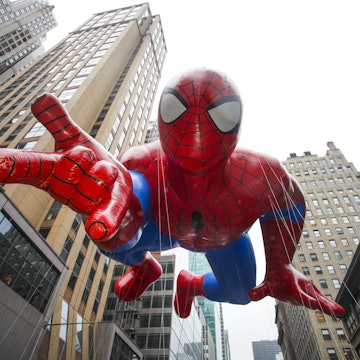

The Asian Art Museum in San Francisco has a mission of bringing Asian art and culture to everyone © Alamy
Asian and Pacific Islander people have played a profoundly significant role in shaping American history, contributing to the rich heritage of the United States in countless ways.
Given the alarming rise in bigotry toward the Asian American community in recent years, there’s never been a better time to check in on your Asian friends and let them know that they are seen, they are safe, and they are supported by countless other communities. Additionally, there’s never been a better moment to learn more about the contributions of AAPI Americans and their experiences all over the US, from vibrant Chinatown districts to museums to the sobering Manzanar National Historic Site.
Here are 12 destinations in the USA where you can learn more about Asian American history and culture.

1. Chinatown, New York, New York
There’s no better cultural immersion experience than stepping into New York City’s bustling Chinatown, a lively neighborhood rich with history, built on the backbone of immigrants and carried on by multiple generations of families, entrepreneurs and community organizations.
“Chinatown is one of the US’ most iconic cultural enclaves for Asian Americans. Whether you’re a first-time visitor or a local resident, every corner of Chinatown has its gems,” explain Jennifer Tam and Christina Hui, co-founders of Welcome to Chinatown. “We encourage you to stop and learn the stories of the small business owners. It means so much to them when visitors offer a smile and acknowledge their entrepreneurial efforts. Shopping in Chinatown is unlike anywhere else – you can find household goods, special gifts made by hard-working people and, of course, delicious, authentic eats.”

2. Asian Art Museum, San Francisco, California
With a mission of bringing Asian art and culture to everyone, this must-see museum houses one of the most comprehensive Asian art collections in the world, with more than 18,000 works of art in its permanent collection. It even has a functioning authentic Japanese tea room on the second floor. With some 2500 works on display at any one time, the museum calls itself a “vibrant hub for discovering the magnificent artistic achievements and intriguing history of the world’s most populous continent.” In short, it’s an essential stop for anyone curious about Asian artistic endeavors.
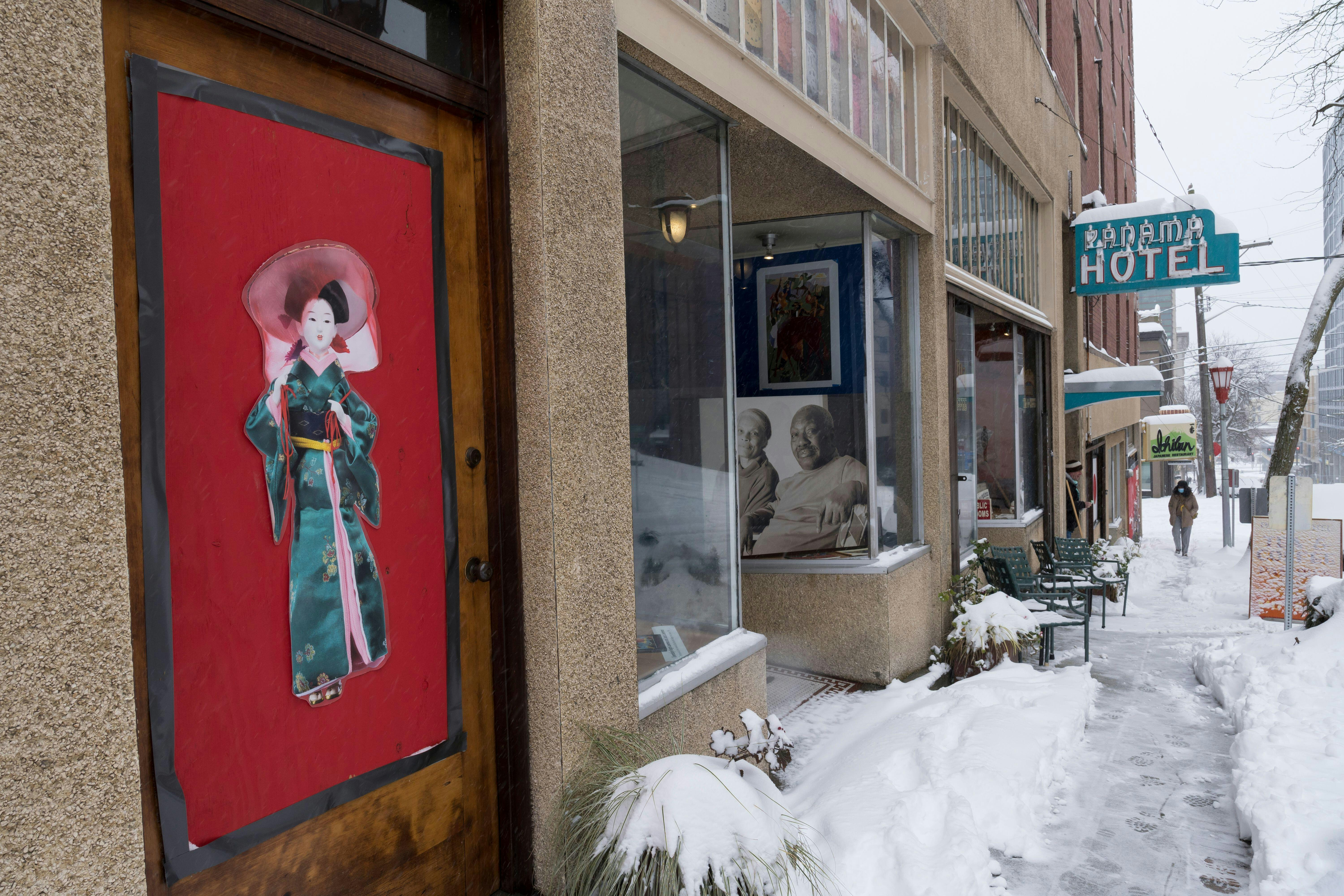
3. The Panama Hotel, Seattle, Washington
Built in 1910, this six-story hotel is a National Park Service-designated National Historic Landmark and remains impressively intact. Inside, visitors will find a haunting display: original belongings, suitcases, trunks, boxes and more of Japanese Americans who were incarcerated in relocation centers during World War II and who never returned to retrieve their goods.
The first floor plays host to a tea room that is open to the public, while the basement houses the best-surviving example in the US of an urban Japanese-style bath house (or sento), designed by Sabro Ozasa, perhaps the first Japanese American architect to practice in Seattle. (For even more detail about the difficulties Asian Americans faced during this time, check out the best-selling historical novel Hotel on the Corner of Bitter and Sweet by Jamie Ford, which masterfully uses the hotel as the setting for its storyline.)

4. Angel Island, San Francisco, California
Referred to as the “Ellis Island of the West,” Angel Island served as an active military installation during the Civil War and World War II and was transformed into an immigration station in 1905. Between 1910 and 1940, the site, located on the largest island in San Francisco Bay, processed up to an estimated one million immigrants to the US, including 250,000 Chinese and 150,000 Japanese people. Today, visitors can step back into time and peruse historic photographs, artifacts and a life-like recreation of immigration living quarters and interrogation rooms there.
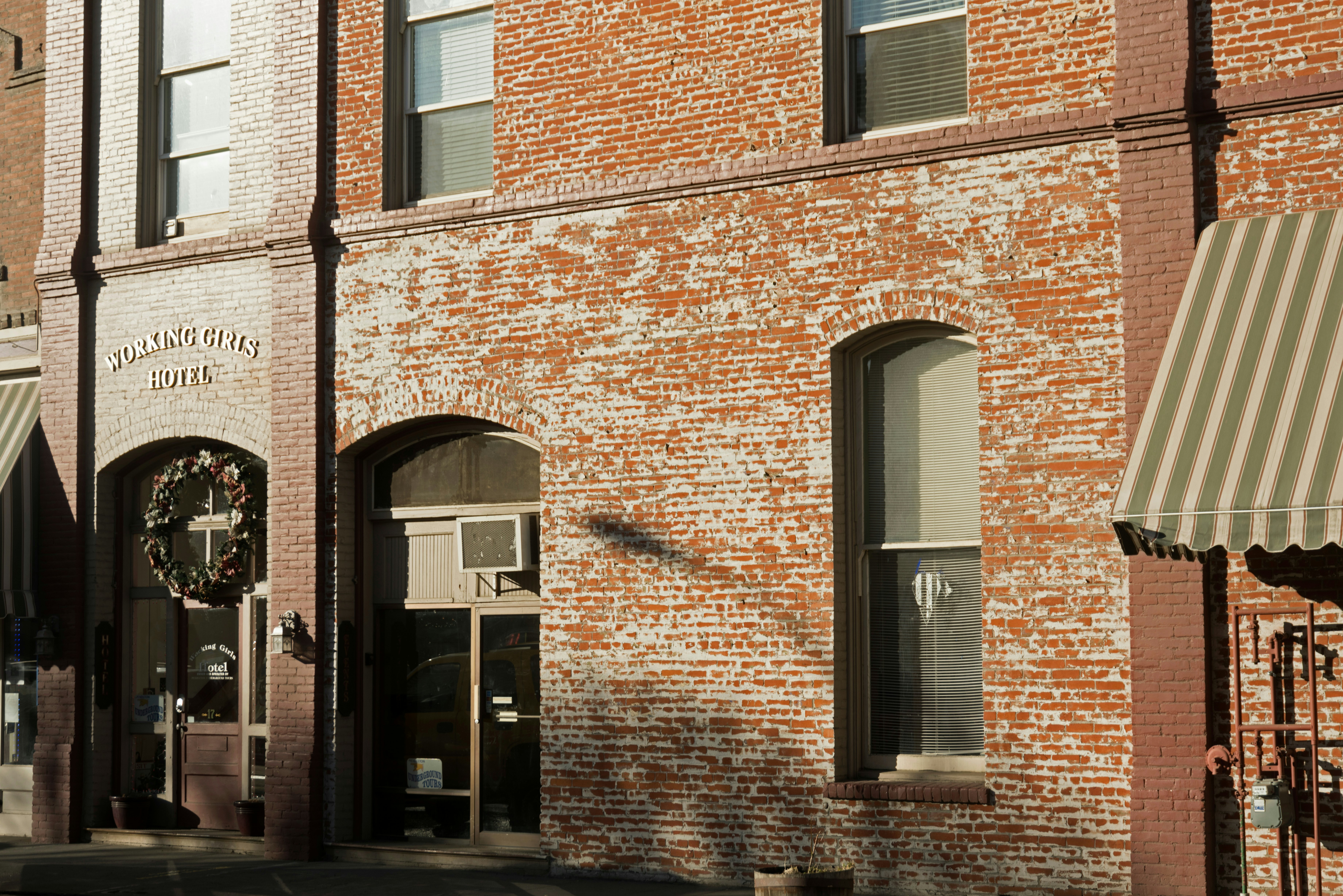
5. The Pendleton Underground, Pendleton, Oregon
In the late 1800s, the Chinese built the essential railroads that connected the west and east coasts. And once that work was done, they also built a network of underground tunnels in eastern Oregon, creating a fascinating place to visit in the present day. Unknown to many, Underground Pendleton was home to many secret and controversial businesses at the time, including saloons, apothecaries, bordellos, a butcher shop, opium dens and more – a hidden gem that was discovered by city workers only in the 1980s.
Back when Underground Pendleton was booming, the Chinese were harshly discriminated against by the white population. For their own safety, they built a zone literally underground where they could move about freely and still conduct business. Today, you can visit this world-famous secret spot and see how the other half lived when they were sadly not embraced in the daylight.
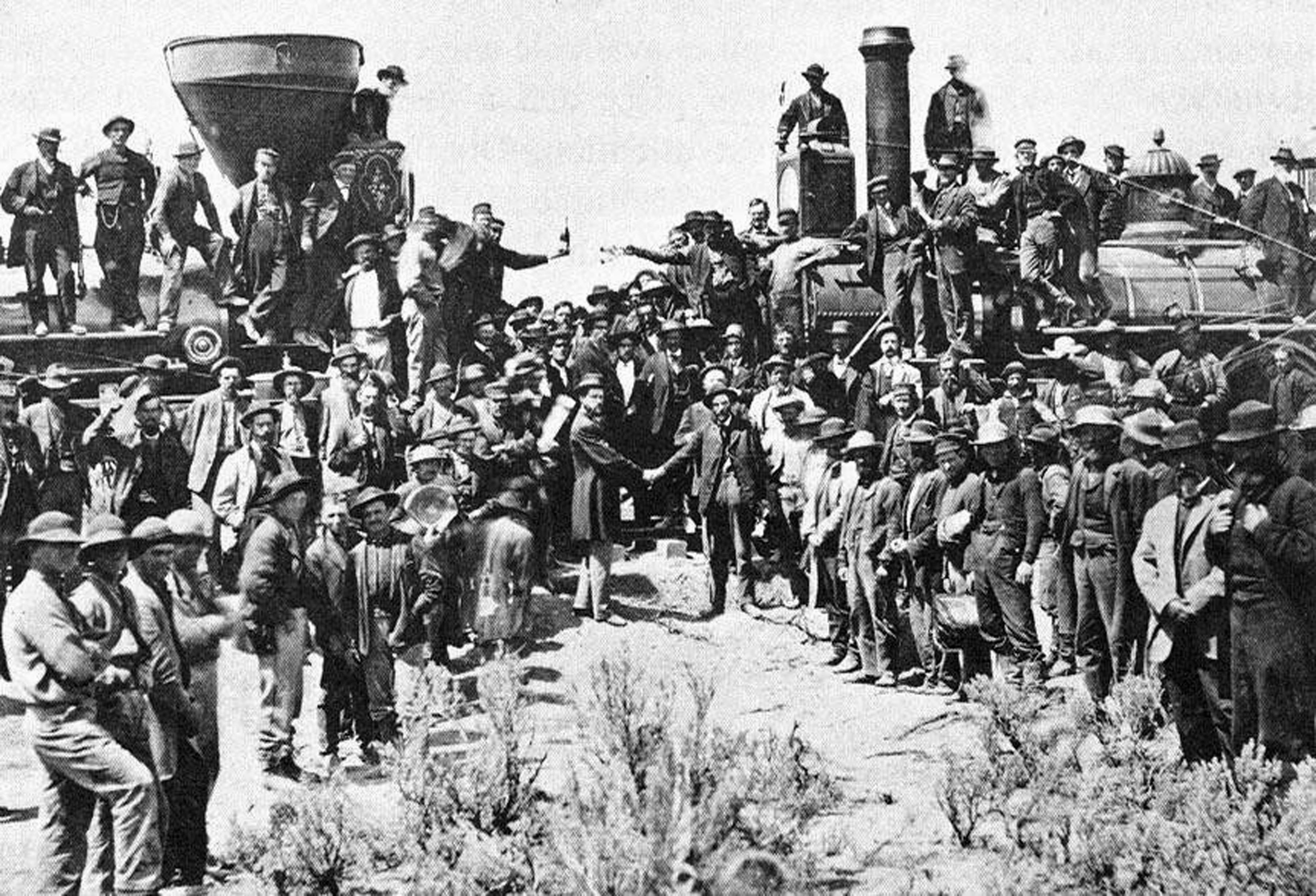
6. Golden Spike National Historical Park, Corinne, Utah
On May 10, 1869, US history was made when the transcontinental railroad was completed. This enormous feat was primarily due to the hard work of Chinese immigrant workers, an estimated 11,000 of whom were employed at below-average wages while managing unfair working and living conditions. These workers were tasked with laying 10 miles of track in one day – a record that still stands to this day – and though they were paid a lower rate than the other native and European workers, they reliably delivered higher-quality work, oftentimes sacrificing their health, safety and even their lives.
The Golden Spike Monument in Utah strives to honor the accomplishments of these Chinese immigrant workers, as well as those who died during the effort. The Chinese Arch, composed of unique cuprous quartzite stone, is easily visible in the rock work of the external walls. There is also a dedicated plaque in the park to commemorate the fallen laborers.

7. The Wing Luke Museum, Seattle, Washington
The only community-based museum in the United States dedicated exclusively to the history of pan–Asian Pacific Americans, the Wing Luke Museum (named after the first Asian American elected to public office in the Pacific Northwest) is located in the heart of Seattle’s Chinatown Historic District. The museum, also known as “The Wing,” sits in a historic building constructed in 1910 by Chinese immigrants and features a vivid glimpse into the life of these early Asian settlers through artifacts, photographs, documents, books, oral histories and more. Guests can travel back in time and walk through a preserved immigrant apartment and a full reproduction of the Yick Fung Company Store, one of the oldest general stores in Chinatown.

8. Manzanar Historic Site, Independence, California
Asian Americans have a complicated history with feeling welcome in the US, which makes perfect sense when you look back at history. In 1942, the United States government ordered more than 110,000 men, women, and children – many them American citizens – to leave their homes, then detained them in remote, military-style camps. Manzanar War Relocation Center was one of 10 camps where Japanese American citizens and resident Japanese aliens were incarcerated during World War II, and it’s certainly worth a visit today to gain a deeper perspective on the past.
This historical site features photographs, artifacts, two reconstructed barracks, a reconstructed women’s latrine and a remodeled WWII-era mess hall, all depicting the difficult experience of the residents who had to live here against their will. If you have more time to explore, make a day excursion by taking in the natural surroundings (including Japanese gardens, orchards, a baseball field, and the Shepherd Ranch) with a self-guided 3.2-mile bike or driving tour.

9. Chinese American Museum, Los Angeles, California
As the first museum in Southern California dedicated to the Chinese American experience and history in the region, the Chinese American Museum serves as a research center on the 150-year experience of Chinese Americans in California. Housed inside the 1890 Garnier Building, the CAM displays unique artifacts ranging from antique furniture and children’s toys to herbal-store furnishings and traditional wedding gowns. Discover delicate faded photographs and yellowing letters from loved ones in China, and listen to precious audio recordings from elderly Chinese Americans sharing their memories of growing up in the old neighborhood.
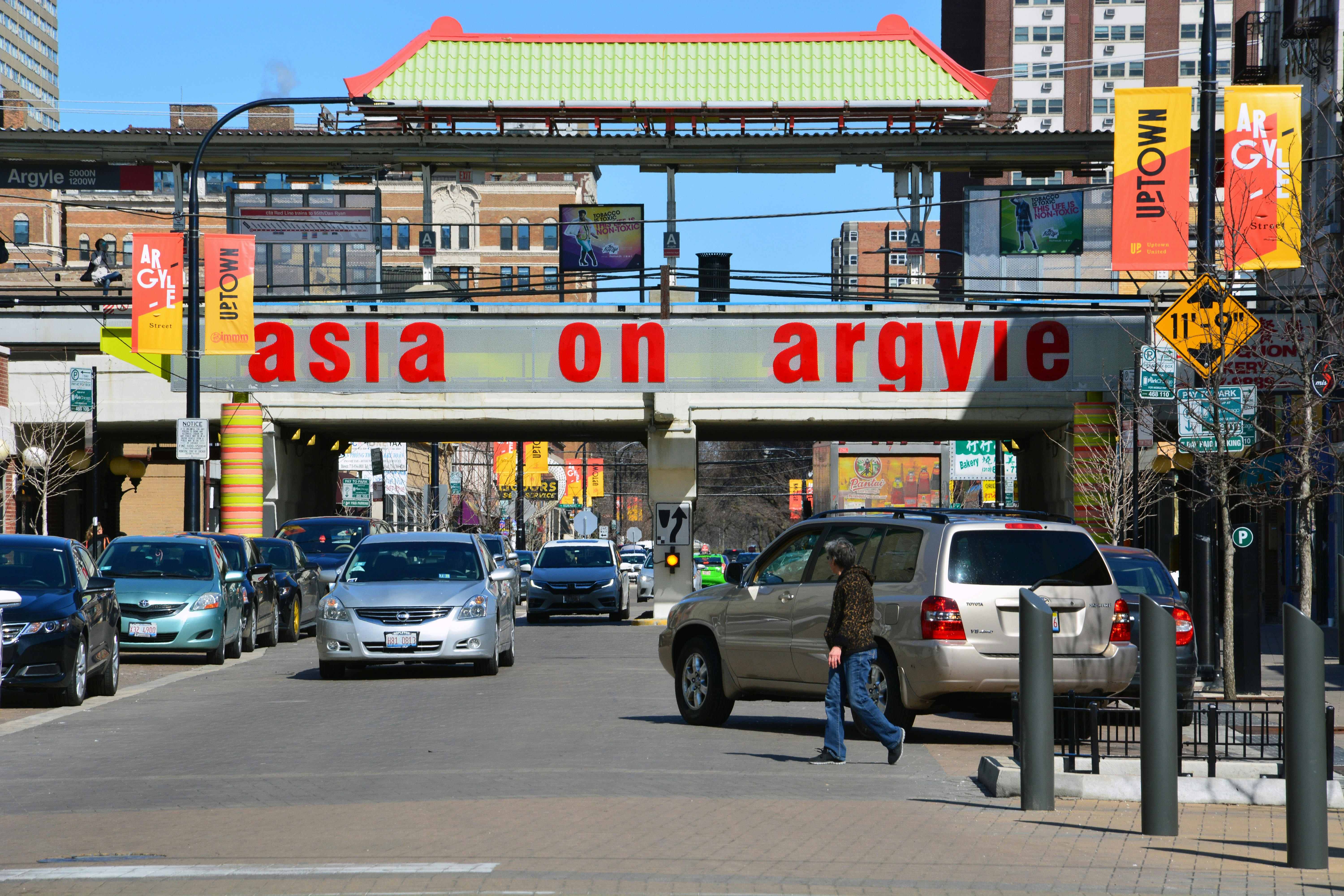
10. Asia on Argyle, Chicago, Illinois
For an authentic taste of Chinese and Southeast Asian cultures in Chicago, head to Uptown’s Argyle St, where you can find a steady stream of mouthwatering restaurants and bakeries, plus booming grocery stores and small businesses. Designated as a historic district thanks to a transformation in recent decades led by Asian immigrants and refugees, this culturally rich area also boasts several impressive murals that colorfully depict the community’s journey.

11. USC Pacific Asia Museum, Pasadena, California
One of only four US institutions solely dedicated to the arts and culture of Asia and the Pacific Islands, the USC Pacific Asia Museum is a must-see. Its impressive collection of more than 15,000 objects spans more than 4000 years, and regions from Persia to the Pacific Islands. Decorated with lotus and peony flowers, the building resembles a classic Chinese pagoda, complete with a visually stunning courtyard. The arched entrance is an exact copy of the Buddhist library in Beijing, its upturned roofline meant to prevent evil spirits from invading. Antique ceramic dogs on the roof keep watch for enemies.

12. Museum of Chinese in America, New York, New York
New York’s Museum of Chinese in America aims to “redefine the American story one narrative at a time.” No less than Lonnie G. Bunch III, secretary of the Smithsonian Institution, is an admirer, saying, “the Museum of Chinese in America helps fill a void in our understanding of America.” The MOCA once proudly housed nearly 85,000 treasured artifacts and collectibles chronicling Chinese American history – before falling victim to an unexpected fire in January 2020. The coronavirus pandemic shortly thereafter was another blow. The museum is now back open, vividly uplifting voices of the Chinese American community.















